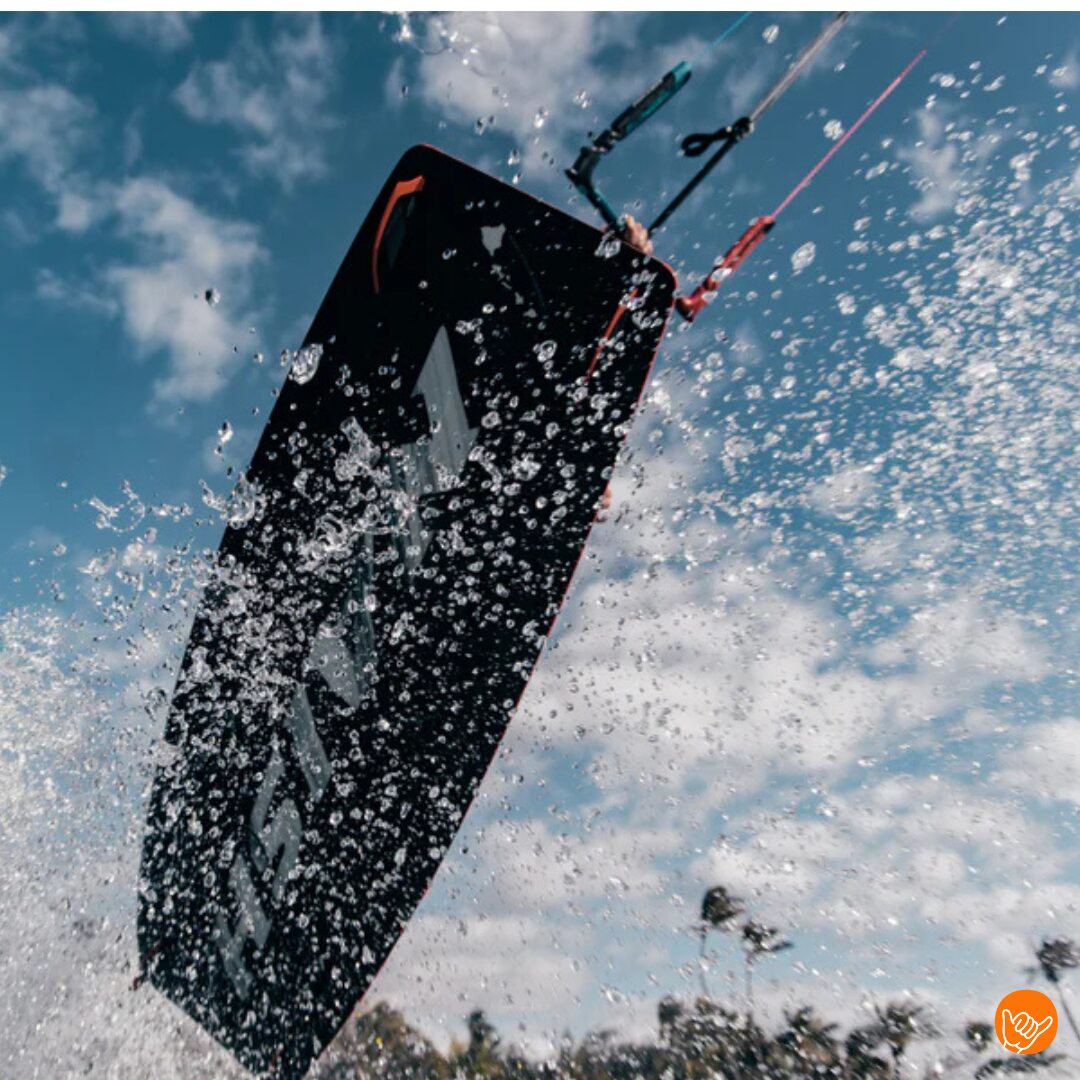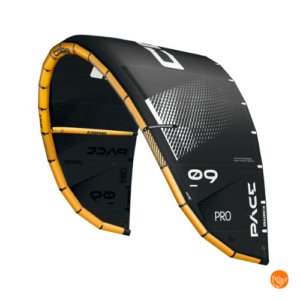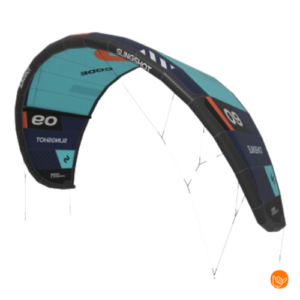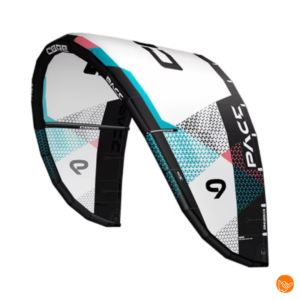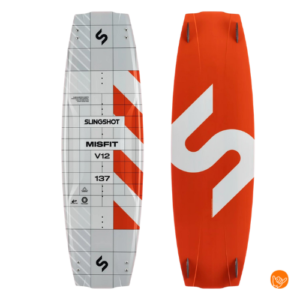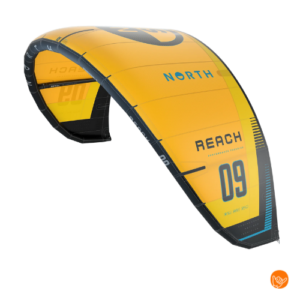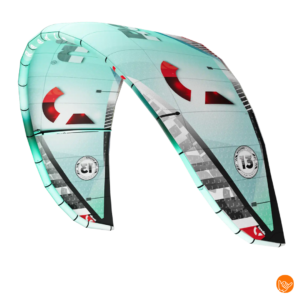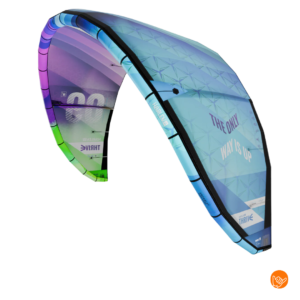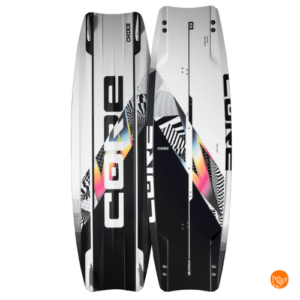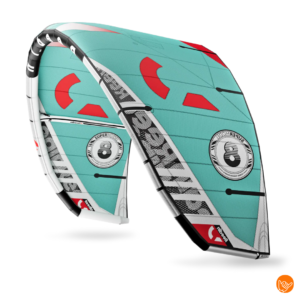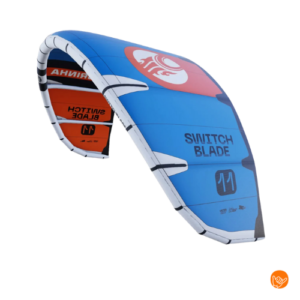For a kitesurfing vacation, you need at least three basic insurances: travel insurance that covers water sports, health insurance with overseas coverage, and liability insurance. In addition, special kitesurfing insurance is often necessary because standard policies exclude extreme sports. Your valuable equipment also deserves separate attention in terms of insurance coverage while traveling.
What basic insurance policies do you need for a kitesurfing vacation?
Three **essential insurances** are indispensable for any kitesurfing vacation: comprehensive travel insurance, health insurance with overseas coverage, and liability insurance. These basics protect you from the most common risks during your trip.
Your travel insurance should explicitly cover water sports activities. Many standard policies exclude kitesurfing because it is considered a high-risk sport. Therefore, always check the policy conditions before you leave.
Health insurance takes care of medical expenses abroad. Within Europe your Dutch health insurance with European health insurance card is often sufficient, but outside Europe you need additional coverage.
Liability insurance covers damage you cause to others. This is crucial when kitesurfing because your kite can move unexpectedly toward other boaters or beachgoers.
- Travel insurance with water sports coverage
- Health insurance for medical emergencies
- Liability insurance for damages to third parties
- Repatriation insurance for transport to the Netherlands
What does standard travel insurance cover in kitesurfing activities?
Standard travel insurance policies **seldom cover kitesurfing activities** without additional watersports coverage. Most basic policies classify kitesurfing as an extreme sport and explicitly exclude it from coverage.
Traditional travel insurance policies do cover general travel risks such as baggage loss, trip cancellation and medical expenses for ordinary accidents. But once water-related incidents are involved, they are usually outside the standard coverage.
Many insurers have strict definitions for water sports. Swimming and snorkeling are often covered, but kitesurfing, windsurfing and wakeboarding usually require an additional module or separate policy.
Always read the fine print of your travel insurance policy. Look for terms such as "extreme sports," "water sports activities" or specific exclusions for kitesurfing. Some insurers offer coverage but only in certain locations or under specific conditions.
Why do you need special watersports insurance for kitesurfing?
**Kitesurfing involves unique risks** that standard insurance does not cover: strong winds, complex equipment and high speeds on water. This combination requires specialized insurance coverage that takes into account the specific dangers of the sport.
The kite itself poses a significant risk. In sudden gusts of wind, a kite can lift you meters into the air, leading to serious injuries. Standard insurance policies have no expertise to correctly assess these risks.
Watersports insurance covers specific scenarios such as:
- Accidents during kite lessons or guided sessions
- Medical costs for typical kitesurfing injuries
- Rescue operations at sea or large lakes
- Damage from equipment failure or flying away
- Cancellation of kitesurfing vacations due to weather conditions
Specialized insurers understand the sport and can calculate realistic premiums. They often work with rescue services and have experience with kitesurfing-related claims.
What about insurance for your kitesurfing equipment abroad?
**Costly kitesurfing equipment** deserves separate insurance coverage while traveling because standard luggage insurance is often insufficient. A complete kite set can be worth thousands of euros, while travel insurance usually reimburses a maximum of a few hundred euros per item.
Theft of kitesurfing equipment is a regular occurrence, especially at busy kite spots. Thieves know that kites, boards and harnesses are worth a lot of money and are relatively easy to resell. Standard luggage insurance policies often do not fully cover this.
Transportation damage is another major risk. Airlines do not always handle sports equipment carefully. Kites can tear due to rough handling and boards can break in the baggage hold.
For kitesurfing equipment insurance, you have several options:
- Extending your contents insurance for outdoor coverage
- Separate sports equipment insurance for worldwide coverage
- Temporary travel insurance specifically for valuables
- Rental service with built-in insurance like our subscription system
Document your equipment well with photos and purchase receipts. Record serial numbers of kites and boards before traveling.
What is the cost of kitesurfing insurance for vacations?
**Kitesurf insurance costs** vary greatly by coverage and destination, but expect monthly premiums between €15-50 for basic watersports coverage to €80-150 for comprehensive packages including equipment insurance.
Several factors significantly affect your premium. Your experience as a kitesurfer plays a role - beginners often pay more because the accident risk is higher. The destination also makes a difference: kitesurfing in the Netherlands costs less than in exotic locations.
Cost structure for kitesurfing insurance:
- Basic water sports coverage: €15-25 per month
- Comprehensive accident insurance: €25-40 per month
- Equipment insurance: €20-35 per month depending on value
- Global coverage: €40-60 per month
- Professional/competition coverage: €80-150 per month
Always compare several providers and pay attention to the deductible. Some insurers offer discounts for members of kitesurfing clubs or with multi-year agreements.
An alternative approach is to use a flexible subscription for your kitesurfing equipment. Here, all gear is fully insured with only €35 deductible per incident, including maintenance and repairs. This can be more cost-effective than insuring your own gear separately.
For beginners planning their first kitesurfing vacation, it may be smart to explore different options first. For example, you can build your set to understand what equipment you need and its value. For specific questions about insurance and equipment, you can always Get in touch with us for personalized advice.
Remember that good preparation is half your vacation insurance. Invest in quality lessons and rental insured equipment to minimize risk while enjoying your kitesurfing adventure.

